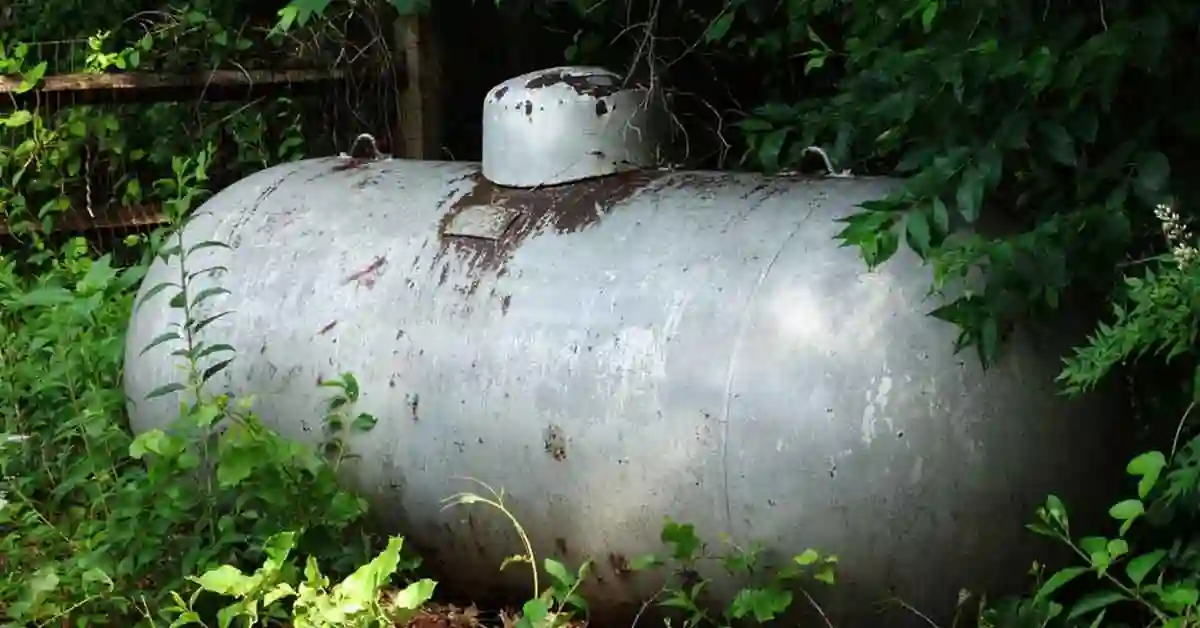Beneath the tranquility of many homes lies a potential concern that requires careful consideration – buried oil tanks. As homeowners contemplate the necessity of oil tank removal, ensuring the process is undertaken safely becomes paramount. “Digging Safely” serves as a comprehensive handbook for homeowners, providing essential guidance on the safe and secure removal of oil tanks.
Understanding the Need for Removal: Recognizing the Risks
The journey to safe oil tank removal begins with understanding the need for removal. Aging tanks are susceptible to corrosion, leaks, and structural deterioration, posing risks to the environment and property. Recognizing these risks is the first step in a homeowner’s commitment to a safe removal process.
Environmental Precautions: Evaluating Soil and Groundwater Impact
Before embarking on oil tank removal, homeowners should evaluate potential environmental impact through soil and groundwater testing. This step is crucial for understanding the depth of contamination and guiding the development of environmentally responsible removal strategies. Environmental precautions set the stage for a safe and conscientious removal process.
Legal Landscape: Navigating Permits and Compliance
Understanding the legal landscape is vital for safe oil tank removal. Homeowners must navigate the permit requirements and compliance standards associated with tank removal in their locality. Adhering to legal regulations ensures not only a lawful process but also contributes to the overall safety and environmental responsibility of the removal.
Professional Consultation: Tapping into Expertise for Safe Practices
Safe oil tank removal involves tapping into professional expertise. Certified removal professionals bring valuable insights into the condition of the tank, potential risks, and the most suitable removal methods. Homeowners should seek consultations with professionals to ensure safe practices and mitigate potential hazards associated with oil tank removal.
Risk Assessment: Identifying and Mitigating Potential Dangers
Conducting a thorough risk assessment is a fundamental aspect of safe oil tank removal. Identifying potential dangers, such as structural risks or environmental contamination, allows homeowners to implement targeted mitigation strategies. This strategic approach minimizes the likelihood of accidents and ensures the safe progression of the removal process
Choosing the Right Removal Method: Tailoring to Property Dynamics
Selecting the right removal method is akin to customizing the removal process to fit the unique dynamics of the property. Factors such as tank condition, location, and potential environmental impact guide this decision. Tailoring the removal method strategically ensures an efficient and safe oil tank removal process.
Site Excavation: Executing Precise Digging Techniques
Executing precise excavation techniques is pivotal for a safe oil tank removal process. Skilled operators using specialized equipment carefully excavate around the tank to avoid damage and minimize environmental impact. Strategic excavation ensures that the removal process is conducted with precision and safety.
Contingency Planning: Preparing for Unforeseen Challenges
Safe oil tank removal necessitates the development of contingency plans to address unforeseen challenges. Unanticipated issues, such as hidden tanks or unexpected contamination, can arise during the removal process. Strategic contingency planning allows for prompt responses to mitigate risks, ensuring that the removal operation remains safe and well-managed.
Safe Pumping and Cleaning: Minimizing Environmental Impact
The safe extraction of oil from the tank involves careful pumping and cleaning procedures. Advanced pumping technologies minimize the risk of spills, contributing to a cleaner removal process. Utilizing environmentally friendly cleaning agents further reduces the environmental impact, aligning with the strategic goal of safe and responsible oil tank removal.
Post-Removal Verification: Ensuring a Clean Slate
After the tank has been removed, homeowners should conduct post-removal verification to confirm that the property is free from contamination. Environmental testing and soil analysis provide assurance that the removal process has been safe and successful. This final step ensures a clean slate, allowing homeowners to move forward with confidence.
Conclusion:
Digging safely into the process of oil tank removal requires a proactive and informed approach. By understanding the risks, conducting environmental precautions, navigating the legal landscape, and seeking professional consultations, homeowners can contribute to a safe and responsible removal process. Risk assessment, strategic removal methods, precise excavation, and contingency planning further enhance the safety of the removal. Safe pumping and cleaning practices, along with post-removal verification, complete the journey, leaving homeowners with a property that is not only free from potential hazards but also poised for a safer and more sustainable future.


